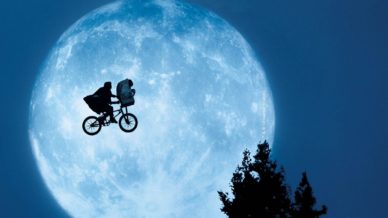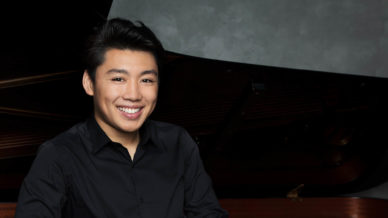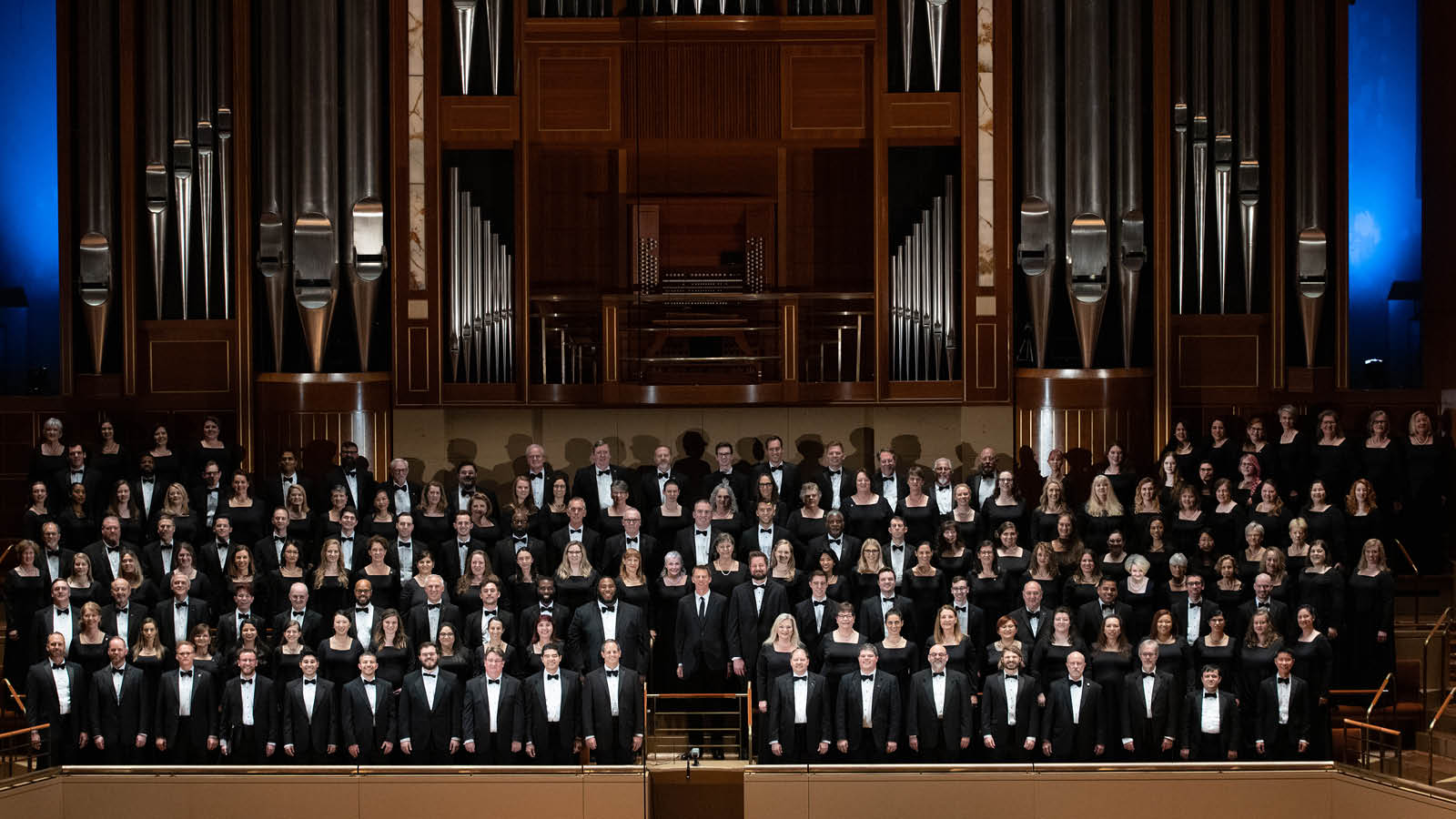

Carmina Burana
May 11 – 14, 2023
FABIO LUISI conducts
HERBERT LIPPERT tenor
AUDREY LUNA soprano
ANTHONY ROTH COSTANZO countertenor
SEAN MICHAEL PLUMB baritone
DALLAS SYMPHONY CHORUS
DALLAS SYMPHONY CHILDREN’S CHORUS
ORFF Catulli Carmina
ORFF Carmina Burana
Arguably, the most iconic choral work of the 20th century, Carmina Burana’s unforgettable opening, “O Fortuna,” has become a pop culture phenomenon. Based on medieval German poetry, Carmina Burana has it all: rhythmic and brooding choruses, lusty drinking songs, ballads cursing fickle lovers and gleaming paeans to love. Catulli Carmina brings all of the boldness and audacious storytelling its more famous sibling piece is know for to complete a program that will thrill and delight. Many may not have heard the Catulli Carmina, one of the two sequels Orff wrote to Carmina Burana, but, in a rare pairing, you will get to hear them both together as Orff intended with our four critically acclaimed soloists, the Dallas Symphony Chorus, the Dallas Symphony Children’s Chorus and the DSO.
PERFORMANCE PRELUDES
Join us for a special pre-concert talk with Music Director Fabio Luisi! The talks will take place from Horchow Hall starting at 6:30pm Thursday, Friday and Saturday and at 2:00pm on Sunday.
PLEASE NOTE: Carmina Burana addresses adult themes and contains some adult language.
“Soprano Audrey Luna is perhaps best known for singing stratospheric soprano roles in Thomas Adès’s operas The Tempest and The Exterminating Angel. Her ability to move instantly from the bottom of her range to the top while maintaining sweetness of sound served her well here. Her movements In trutina mentis dubia and Dulcissime were close to perfect.”
Timothy Robson, Backtrack, August 2018
MORTON H. MEYERSON SYMPHONY CENTER
2301 Flora St.
Dallas, TX 75201



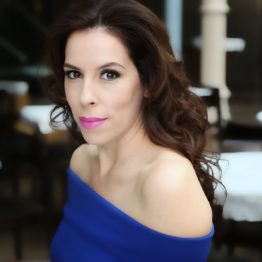
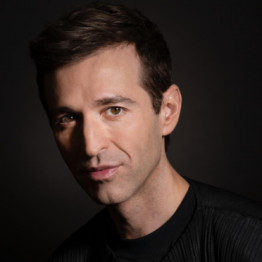

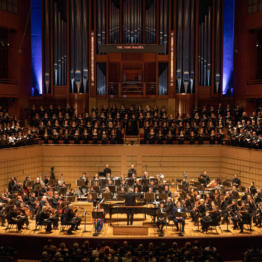
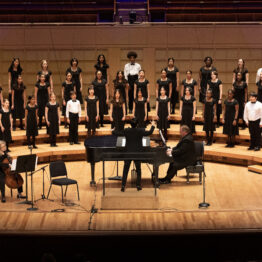
Program Notes
By René Spencer Saller
If you are alive today, chances are you have been exposed to the influence of Orff. Don’t recognize the name? Doesn’t matter. You probably had a grade-school music teacher who did. Maybe you lucked out and got to attend an elementary school with a collection of Orff instruments, specially chosen percussion instruments tuned to sound harmonious even in (especially in!) untrained hands, and maybe you learned about pitch and meter by playing Orff-prescribed games and using your body in motion to express these abstractions, as my public grade-school classmates and I did, in an inner-ring suburb of St. Louis in the 1970s.
But even if you never took a music class, you can surely hum the main hook to Orff’s “O Fortuna,” from his iconic Carmina Burana, whose ubiquity in the popular culture is, as Alex Ross memorably quipped, “proof that it contains no diabolical message, indeed that it contains no message whatsoever.” Orff’s music might not have a message, but it is an undeniably effective vehicle. His musical language—relentless rhythms, hammered-home melodies, crude harmonies—helped the Nazis sell their poison, and the same music helped sell laundry detergent a generation later.
If not quite a one-hit wonder, Orff remains a somewhat enigmatic, even polarizing figure. He completed Carmina Catulli in 1943, two years after receiving the commission and about six years after his breakthrough work, Carmina Burana. Carmina Catulli received its premiere during World War II. With Trionfo di Afrodite, from 1953, the three works form a conceptual trilogy, but the two later installments never took off like their predecessor and are virtually unknown today. But whether acknowledged or not, Orff’s influence can be heard in the driving rhythms of John Adams, the hypnotic ostinatos of Glass and Cage. There’s a reason that generations of listeners have found his music so compelling, and it has little to do with politics or anything that cerebral: Orff made music that speaks to the body and to the subconscious.
Although Orff had loved the classics since childhood, he was 35 years old when he first encountered Catullus’s Odi et Amo (c. 85), while on holiday at Lake Garda, in northern Italy. He saw a postcard with the poem on it and instantly heard it as music in his head. When he returned to Germany, he bought an edition of Catullus poems and chose 10 to set for mixed choir, which he then edited in a two-volume set titled Catulli Carmina, in 1931 and 1932, respectively.
When his Carmina Burana grew increasingly popular, theater directors requested more musical material to fill out their programs, so Orff revised the score, adding and deleting certain poems and surrounding them with a “framing” story, which places the drama within a drama, enhancing the artificiality of the narrative. The new version of Catulli Carmina—which he now called ludi scaenici, or a scenic cantata, and no longer a collection of songs for mixed choir—premiered on November 6, 1943, at the Leipzig Opera.
A Closer Listen
The cantata contains three parts: a prelude, a central section made up of Catullus poems, and a short postlude that repeats the main ideas of the prelude. Orff scored it for a full mixed choir, soprano and tenor soloists (portraying Lesbia and Catullus, respectively), and an entirely percussive orchestra, thought to be inspired by Stravinsky’s Les noces: four pianos, four timpani, castanets, maracas, antique cymbal, tam-tam, lithophone, metallophone, two glockenspiels, xylophone, tenor xylophone, and more. The orchestra plays only in the prelude and postlude; in the play-within-the-play, the soloists are accompanied only by the chorus, which also functions as a traditional Greek chorus.
Orff uses Catullus poems for the bulk of the text, but he wrote the prelude, the framing device that turns the selected poems into a play within a play. The plot, such as it is, involves a group of exuberant young horndogs who, in the prelude, describe what they want to do to one another in pornographic detail, if not quite in grammatical Latin. Then a chorus of elderly crabasses propose a lecture in the form of dramatized Catullus poems, all designed to prove conclusively that love is for losers and nothing lasts. The young folk agree to listen attentively.
The internal play begins with the entrance of Catullus, accompanied by the chorus singing Odi et amo (“I hate and I love”). When his beloved Lesbia appears, he sings Vivamus, mea Lesbia, atque amemus (“let us live, my Lesbia, and love”). Eventually, though, Lesbia proves untrue by dancing in front of a tavern, loitering on corners, and engaging in other activities for which Catullus tries to slut-shame her. Conflicted, he sleeps outside her front door and dreams of their reconciliation. Meanwhile, the real-life Lesbia sings him a lullaby while he sleeps (Dormi, dormi, dormi ancora—note that it’s in Italian, not Latin, a sign that she’s a modern lady). But Catullus wakes with a jolt when he hears the bass voice, and he experiences an epiphany: his friend Caelius, to whom he has often confided, is Lesbia’s secret lover—cuckolded by his best pal!
After much anguished back and forth with the pleading Lesbia, Catullus decides that her actions have ruined him and he can neither love nor hate her now. The score boasts several memorable passages, including some bel canto soprano numbers worthy of Delibes. Then, in one of the best punch lines in the history of the cantata form, Orff subverts the entire spectacle by showing, in the postlude, that the production was a waste of time. No longer willing to endure the sour old dudes and their strange diatribes, the young people blithely resume hooking up.
After the successful premiere of his scenic cantata Carmina Burana, Orff issued the following instructions to his music publisher:
“Everything I have written to date, and which you have, unfortunately, printed, can be destroyed. With Carmina Burana, my collected works begin.”
First performed by the Oper Frankfurt on June 8, 1937, Orff’s Carmina Burana is based on a collection of poems by a motley assortment of itinerant monks, scholars, and other speakers of Latin, the lingua franca of the medieval age. Old French and Middle-High
German, along with macaronic hybrids, add linguistic variety to these stubbornly secular, often bawdy verses, which touch on the corruption of the clergy, the benefits of intoxication, the sorrow of love, the glories of nature, and the pitiless wheel of fortune that determines our destinies. The original manuscript dates to the early 13th century. Lost for centuries before being rediscovered at a Benedictine abbey near Munich, the score was first published in 1847.
With the help of Michel Hofmann, his fellow classics enthusiast, Orff selected two dozen poems from the collection and set them to music. “It’s not sophisticated, not intellectual,” he wrote, “There is a spiritual power behind my work, and that’s why it is accepted throughout the world.”
Orff In and Out of Time
Another way to understand Orff’s work is by understanding Orff, who was both a product of his culture and also something of an aberration.
Born in Munich, which was then part of imperial Wilhelmine Germany, Orff was brought up in a Bavarian military family, in a culture that understood itself to be the natural extension of both Athens and Rome, an aspirational lineage connecting the not-yet-unified Germany with the Golden Age of the Greco-Roman empire. Even as a young composer in post-WWI Germany, Orff, who studied at the Munich Academy of Music from 1912–14, was a devoted antiquarian. Although he set the occasional text by a contemporary or near-contemporary, such as the unapologetically leftist German playwright and poet Bertolt Brecht, or by canonical German poets such as Heinrich Heine and Friederich Hölderlin, Orff increasingly preferred engaging with centuries-old Latin and Archaic Greek texts by Catullus and Sappho, the primary sources for Carmina catullus and Trionfo, respectively. For his musical enjoyment he preferred poring over the scores of J.S. Bach, Monteverdi, and other early composers of choral music. And although his parents were devout Roman Catholics, Orff lost his religion fairly early and chose not to have his own daughter baptized.
Like most of his non-Jewish colleagues, Orff remained in Germany during the rise of the Third Reich, although he never went so far as to join the Nazi Party. He was drafted into the German Army in August 1917 but was quickly incapacitated in a trench collapse and spent months recovering from his serious injuries. When he was healthy again, he began to work in various administrative capacities for opera houses while studying music and dance and developing his pedagogical theory, which he called Schulwerk. Although he associated with a leader of the Resistance who was later executed, he distanced himself from politics, mostly by keeping to himself and making the kind of art that wasn’t likely to endanger himself or his family. He wasn’t notably brave, and he was no doubt relieved when the Nazis put him on a list of approved composers they called the Gottbegnadeten (Those Graced by God, or Those with God-Given Talent—which would no doubt be more impressive as a title if Nazis hadn’t bestowed it).
Though not technically a Nazi, Orff was a member of the Reichsmusikkammer, a requirement for all active musicians in the Third Reich. And despite any reservations he might have expressed privately, he did agree to compose new music for A Midsummer
Night’s Dream to replace Mendelssohn’s classic score, which the authorities had banned on account of the composer’s Jewish ancestry—never mind that Mendelssohn had been a devout Lutheran since childhood. And never mind that one of Orff’s Catholic grandparents was a former Jew turned Catholic. The Nazis weren’t ideologically consistent, and they didn’t need to be. As with any genocidal regime, approval was granted or denied according to the whims of the powerful.
After completing his denazification process in 1946, Orff was rated “Grey C, acceptable,” a designation intended for Germans who were “compromised by their actions during the Nazi period but not subscribers to Nazi doctrine.” He married four times and was thrice divorced. His only child, Godela Orff, was born in 1921, to his first wife, the singer Alice Solscher. Although the couple separated about six months after Godela’s birth and divorced in 1927, Orff assumed primary custody of his daughter when her mother moved to Australia in 1930. Orff’s relationship with Godela was often rocky, with periods of estrangement, but they reconciled about a decade before his death, at age 86, from cancer. His tombstone, which is located in the Andechs monastery, bears the Latin inscription Summus Finis (the Ultimate End), a quotation from the end of his final work, De temporum fine comoedia.
A Closer Listen
Orff’s score bears a lengthy Latin subtitle, which, in translation, reads: “Profane songs to be sung by soloists and chorus with an accompaniment of instruments and magic tableaux.” By turns crude and celestial, the songs reflect Orff’s passion for the plainchant of the Middle Ages and early Renaissance. As anyone who has ever sung it will attest, some of it amounts to vocal-cord torture. The aria Olem lacus colueram, for instance, is sung almost entirely in falsetto, straining the poor solo tenor’s voice to the breaking point—which makes sense when you remember that the lines are sung from the perspective of a roasting swan. A wildly erotic passage in “Cours d’amour” forces the soprano soloist to reach beyond the upper limits of her range, creating an exquisite tension.
“In all my work,” Orff wrote, “my final concern is not with musical but with spiritual exposition.” This claim might seem at odds with the visceral, almost orgiastic sonic thrust of Carmina Burana, but Orff, like the medieval poets who inspired him, knew that the spiritual and the profane are spokes of the same cosmic wheel.
